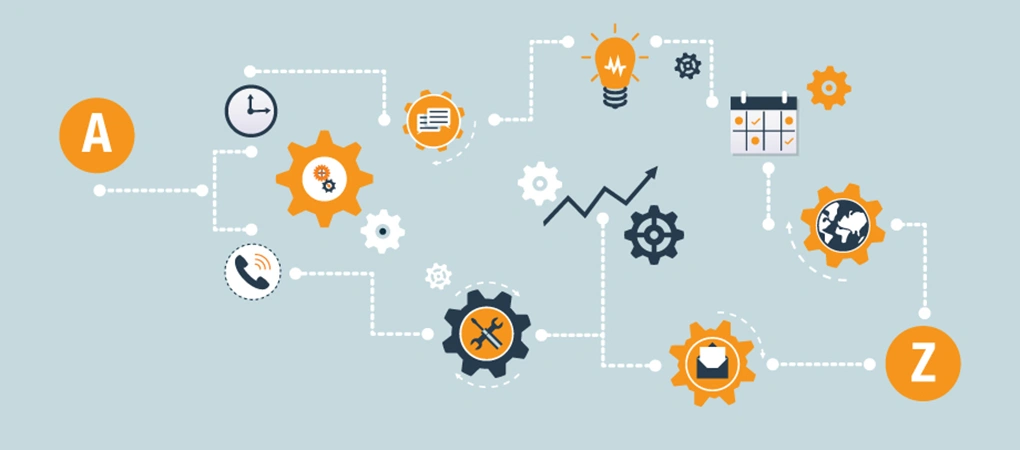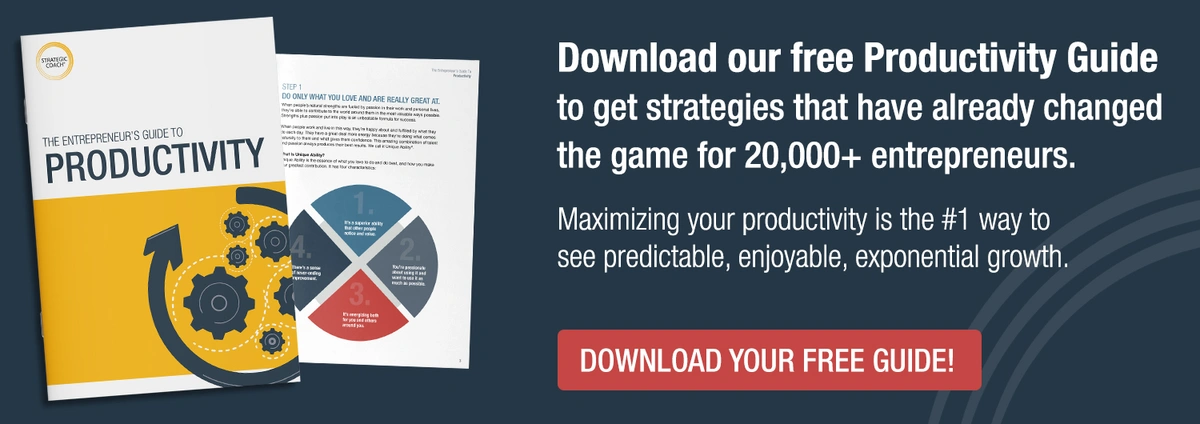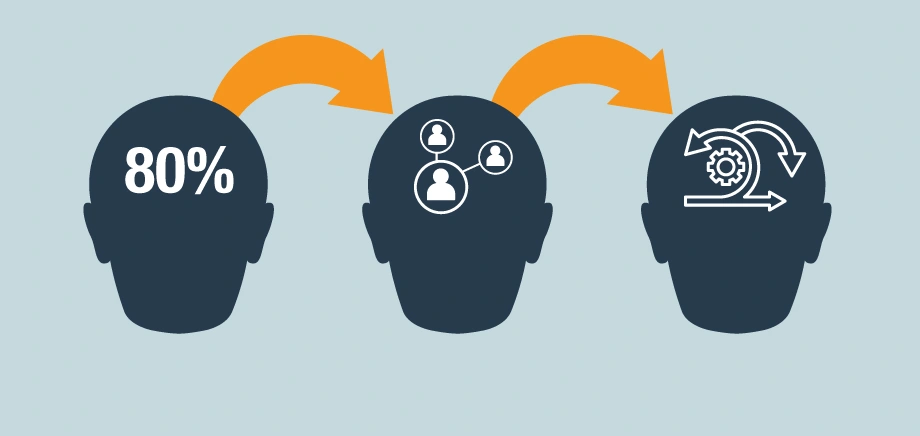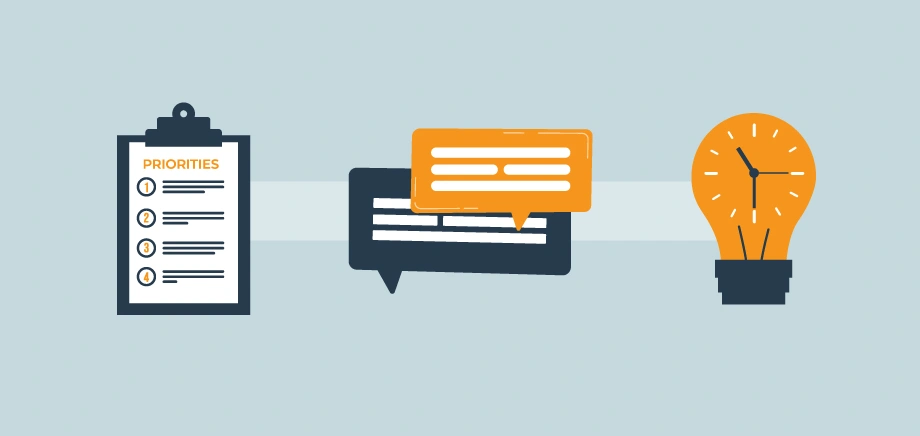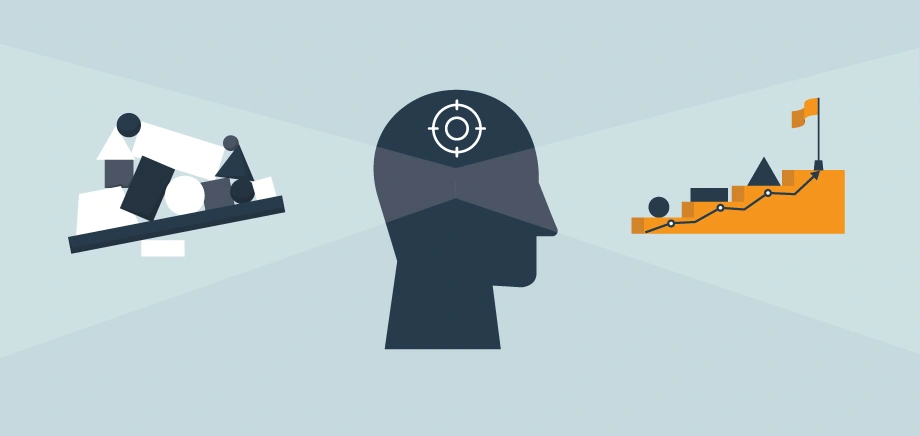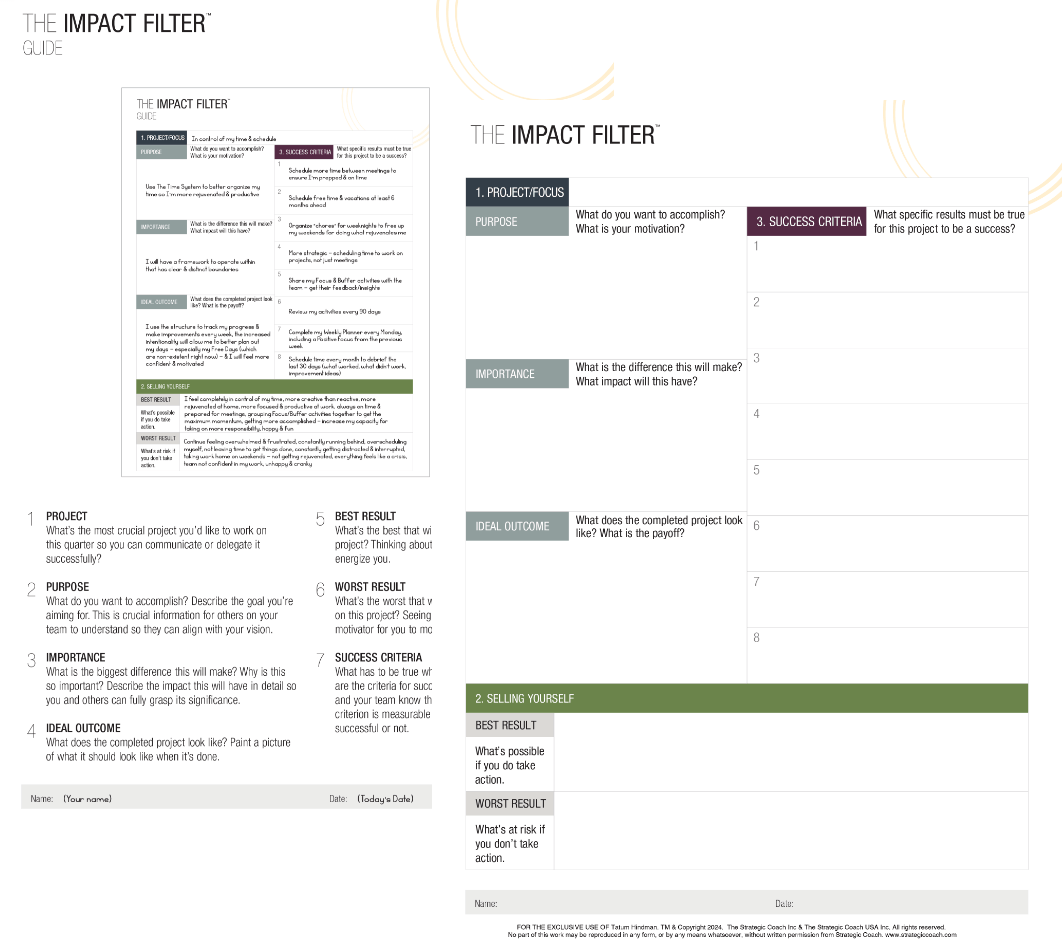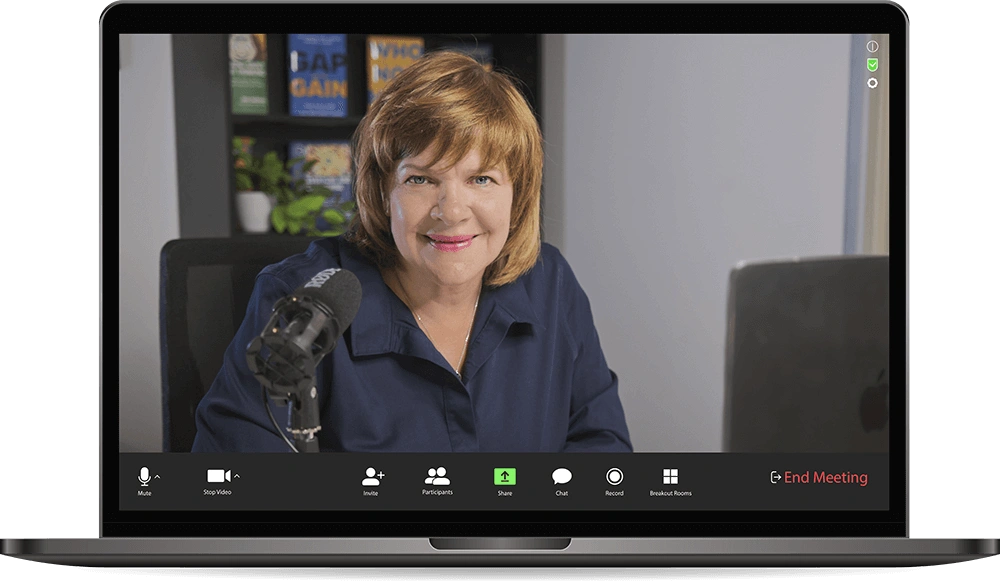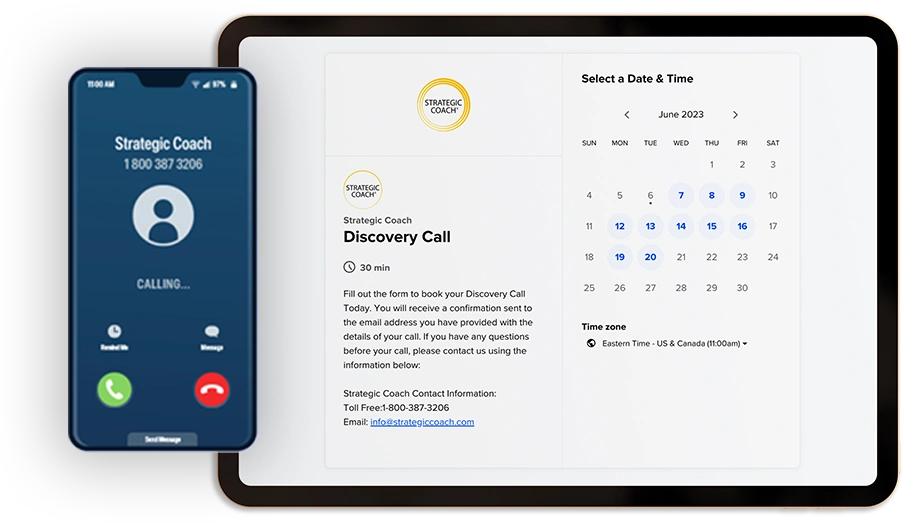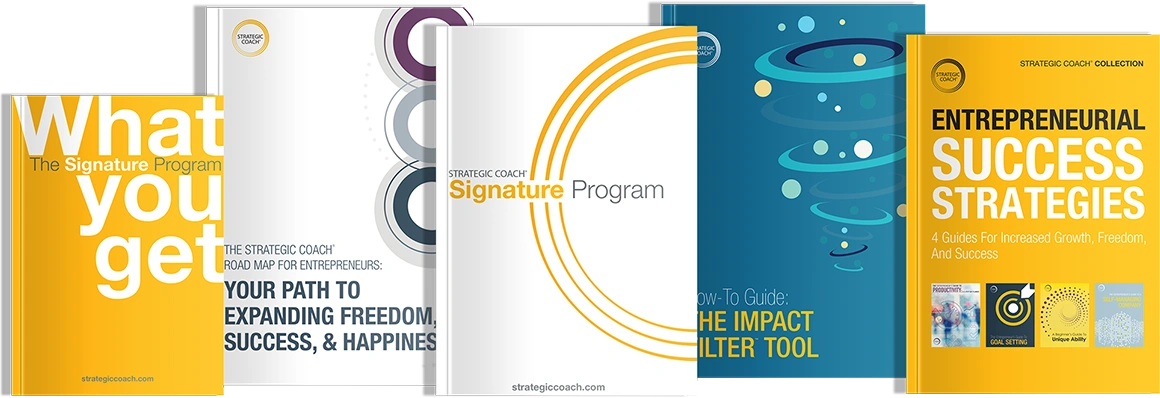Entrepreneurial Productivity From A To Z
Entrepreneurial productivity—both your own and that of your team—plays a role in every area of your business and is critical to its success. In this blog, we break down the ABCs of entrepreneurial productivity so you can leverage productivity to enjoy massive growth and more entrepreneurial freedom.
A – Assess
You can increase your freedom and improve your life by assessing your activities, eliminating irritating activities (“A activities”), delegating or automating activities that are “just okay” (“B activities”), and increasing the amount of time you spend doing activities that fascinate and motivate you (“C activities”).
B – Bothers
The bother you feel—the irritation, frustration, or maybe even anger—that paralyzes your mind and leads to procrastination is a productivity killer. When you allow yourself to be bothered, your brain is flooded with emotion, which blocks your ability to access your brain’s problem-solving abilities.
C – Consistency
Nearly all entrepreneurs enter into a consistent cycle as they grow their businesses. Once you understand how this cycle works and its four key elements—commitment, courage, capability, and confidence—you can use it with your business growth plan to achieve steady, lifelong growth.
D – Delegate
When you want to accomplish something important but lack the skill, time, or mental energy, delegate! For best results, identify the tasks that can be delegated, trust in the capabilities of those to whom you delegate, and regularly check in on progress without micromanaging.
E – Eliminate
You didn’t become an entrepreneur to put up with things you don’t like. So, identify and eliminate energy-draining activities, declutter unnecessary to-dos and distractions, and simplify processes to enhance productivity and reclaim your entrepreneurial freedom.
F – Free Days
Rejuvenation generates creativity. Regularly scheduled Free Days—24-hour periods of absolutely no work-related activities—keep you constantly refreshed, creative, and energized so the “best you” shows up every day to do your best, most productive work.
G – Goals
All goal setting starts with seeing something in the future, in detail, that doesn’t exist. Write down your goals in all areas of life, set realistic time frames, and watch for “strategic by-products” (the unexpected things that happen off to the side on the way to achieving a specific goal).
H – Habits
The future exists now in the form of your moment-to-moment actions, and a series of small wins adds up to big results over time. So, develop routines that promote productivity, be consistent, and regularly evaluate and adjust your habits for continual improvement.
I – Impact Filter
When you approach any situation in life purposefully, aiming for a very specific result and selling yourself on how that result will look and feel, your confidence will be higher going in, and the chances are higher that you’ll come out a winner. Our Impact Filter supports this process so you can organize your thinking, clarify what success looks like, and plan effective teamwork.
J – Joy
Maintain a positive mindset to keep the momentum and motivation going. Remember to celebrate small wins and incorporate tasks that bring joy into your daily routine.
K – Keep Track
How we measure our progress toward our goals is not only a game changer; it’s a life changer. To remain motivated and inspired, always measure “The Gain”—the difference between where you are currently and where you started—and use tools to track your progress to pinpoint areas where you can improve your productivity.
L – Leverage
Maximize everyone’s strengths, fully utilize available resources and tools, and leverage the skills of others by delegating tasks. The key to a productive and successful team is knowing each person’s strengths and weaknesses; tools like CliftonStrengths and Kolbe can help you identify those.
M – Motivation
Motivation is being in motion—with purpose, Unique Ability, and confidence—toward bigger future commitments. To stay motivated, find your “why,” surround yourself with people and content that inspire you, and reward yourself for achieving milestones.
N – “No”
Learning to say no when it’s in your best interests is an essential and undervalued skill in the marketplace. Get comfortable saying no to non-essential tasks that distract from your priorities, avoid over-committing to things that hinder your productivity, and stay focused on your goals.
O – Organize
Organizing your work is essential for improving your company culture and growing your business long term without burnout and stress. Create systems and processes for efficiency, use task management tools to keep track of your work, and organize your time effectively with calendars and schedules.
P – Permission
Have self-compassion and permit yourself to make mistakes (occasionally), and remember that it’s about progress, not perfection. If you hold yourself to unrealistic expectations, you’ll do the same with your team.
Q – Quality
Quality doesn’t mean 100% and perfect because that’s unrealistic, slower, less creative, and less innovative. Instead, do the first 80% to the best of your abilities for the highest-quality outcome, and then hand it off to tap into the other creative talent on your team.
R – Review
Review your past failures to learn important new concepts, strategies, and skills that will allow you to avoid repeating the failure. Failures and mistakes and the discomfort and embarrassment accompanying them represent the greatest teacher any of us will ever have in life.
S – Self-Managing Company
Ambitious entrepreneurs don’t want a job within their business; they want a Self-Managing Company that runs itself so they can experience more freedom, fulfillment, and success alongside their team. This is ultimately the outcome of the productivity practices we share in this blog!
T – Technology
Leverage technology and automation to speed up productivity. But proceed with care: technology can amplify our strengths but also feed into our weaknesses, meaning it can make you 10x more productive, or 10x more distractible.
U – Update (your team)
Don’t make your team guess what the business is up to, your big vision, or what your frame of mind is when they see you around the office. Your team counts on you for confidence, excitement, and stability, and the more you’re able to give them that, the better it is for everyone, not to mention for the future of your business.
V – Vision
You need to grow your business and be productive—but you also need to focus on growing it into the business you desire. As you craft your vision, make your future bigger than your past to continue forward momentum.
W – Well-Being
It can be difficult to step away when you feel like everything depends on you. This can cause burnout, affect relationships, and even harm your health. Working longer and harder won’t get you to your goals faster, but working less and being more energized and creative when working will!
X – eXplore
Change and its attendant complexity represent a challenge to become simpler in your thinking in order to be more productive. When you’re faced with a complex situation, have the mindset of intelligence and ingenuity to explore new and simple ways of looking at that complexity.
Z: Zero In
Productivity really comes down to focus. Zero in on your three most important tasks and priorities daily and remove distractions to maintain a sharp focus.
